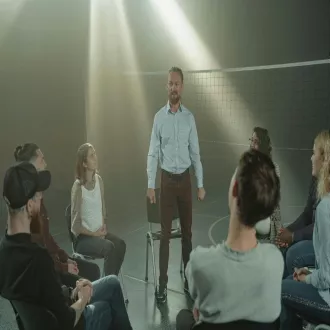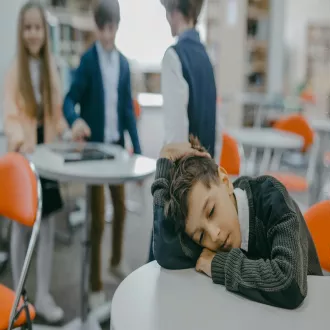Transcription School as a second living space. Promoting participation and values.
School as an Extension of the Family Environment
After the family, school becomes the second most important living space for children, an environment where they will spend a large part of their time.
This new social and educational context has the fundamental task of being able to continue and reinforce the learning that has been initiated at home.
The school, therefore, is not an isolated entity, but an extension of the community that has the responsibility of fostering the integral development of the student.
It is in this space where the child has the opportunity to interact with a greater diversity of people and to put their social skills into practice.
The transition from the family environment to the school environment is a crucial step in the socialization process, and the quality of this new space is decisive for the child.
Promoting Participation and Cooperation
One of the most important functions of the school is to be able to actively promote participation and cooperation among all its students.
Through different group activities and collaborative projects, children learn to work as a team to achieve a common goal.
This experience teaches them to negotiate, to respect the opinions of others, and to understand that collective success often depends on joint efforts.
Participation in school life, whether in academic, sports, or cultural activities, gives children a deep and valuable sense of belonging.
By promoting these skills, the school prepares children not only for academic success, but also for future successful participation in society.
Reinforcing Values Learned at Home
The school also has the important role of consistently reinforcing the values and principles learned in the family.
Values such as respect, responsibility, honesty, and solidarity, which are instilled at home, find a space for their practice at school.
When the family and the school work together same direction and promote the same values, an environment is created that is coherent and very safe for the child.
This alignment of values between the child's two ma
the school as a second living space promoting participation and values




